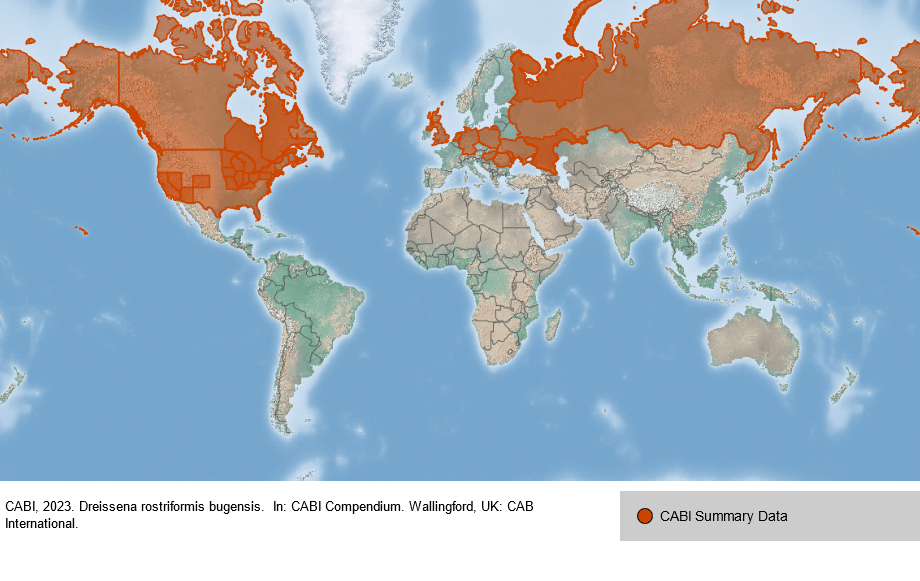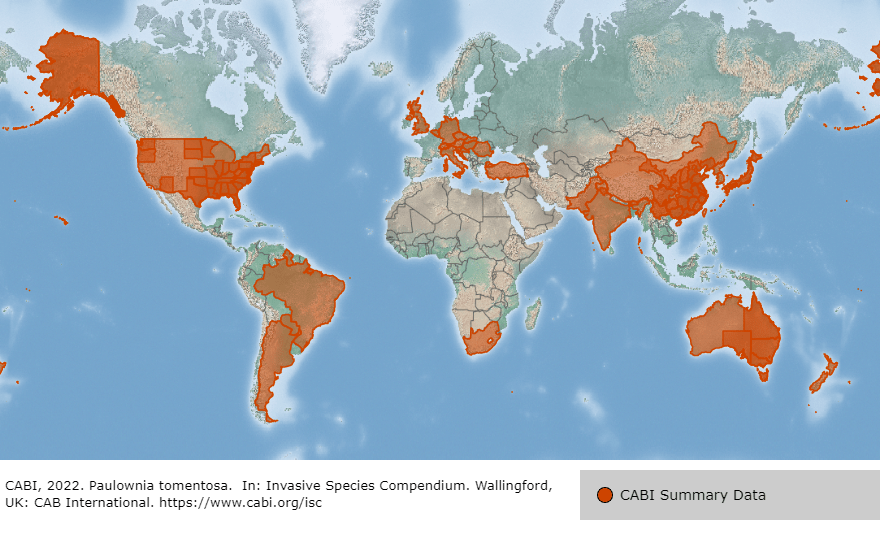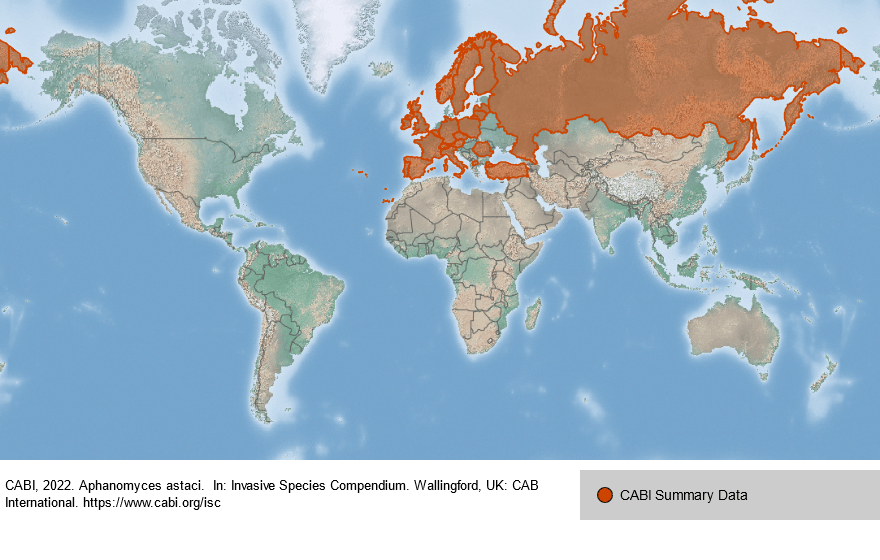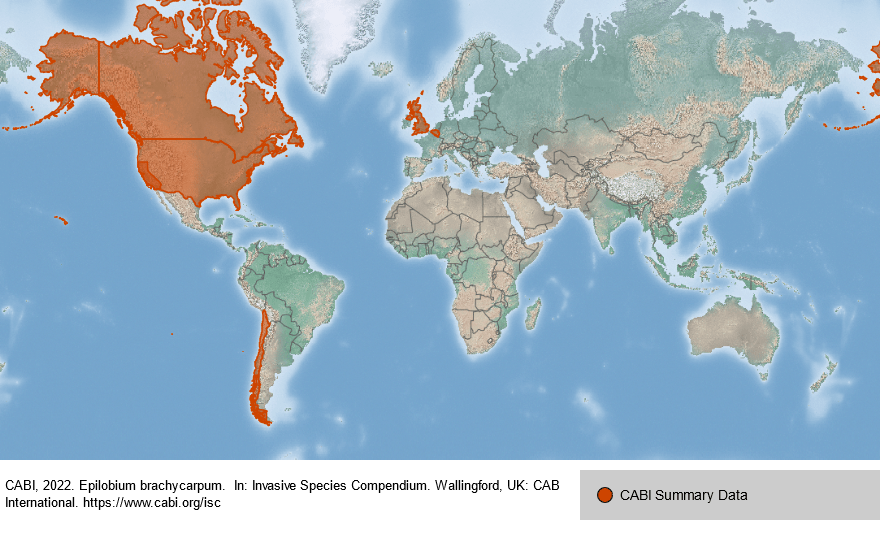 |
Buck’s-horn plantain | Status LU: established. 1st record: 2014, ITW 2014. |
 |
Kuebefouss-Weeblat | Status Eur.: established. 1st record: unkn. |
 |
Plantain corne-de-cerf | RA: ISEIA: n/a Harmonia+: n/a |
 |
Krähenfuß-Wegerich | Wikipedia: |
 |
Hertshoornweegbree | Back to the list of neophytes |
Contents
Brief description
Plantago coronopus L. is an annual or perennial herbaceous plant that reaches heights of 5 to 25 centimetres, flowering from June to September. It mainly grows on sandy or gravelly soils close to the sea, but also on salt-treated roadsides. It is native to Eurasia and North Africa but it can be found elsewhere, including the United States, Australia, and New Zealand as an introduced species (Wikipedia contributors 2022).
Although introduced to a number of countries, the history of this species introduction is not well documented (CABI 2012).
Status and distribution in Luxembourg
Records of Plantago coronopus L. in Luxembourg. Data source: Recorder-Lux, iNaturalist & GBIF, 2025-06-30.
Plantago coronopus L. is a rather new species for the Luxembourg flora, observed for the first time in 2014 in Kirchberg, in the flowerbeds along avenue Kennedy, between the roundabout and the shopping centre (Krippel et al 2018). During an inventory of halophytes in roadside habitats in 2017 and 2018, the presence of Plantago coronopus was documented for the first time along national roads. A relatively high number of individuals was found on the verges of two motorways: A1 (2017, Potaschbierg) and A6 (2018, Croix de Gasperich). Further findings were located near Wasserbillig (2018, Park and Ride parking “Mesenich”) and Diekirch (2018, parking rue de l’industrie) (Ehl et al. 2019).
Risk assessment
ISEIA protocol
Not assessed yet.
Harmonia+ protocol
Not assessed yet.
Worldwide distribution
Bibliography
- CABI, 2012. Plantago coronopus. In: Invasive Species Compendium. Wallingford, UK: CAB International. URL: www.cabi.org/isc [accessed 2023-01-31]
- Ehl, S., K. Mildenberger, T. Frankenberg & C. Ries, 2019. Halophytes in roadside habitats: a survey of salt-tolerant vascular plant species along roads in Luxembourg. Bulletin de la Société des naturalistes luxembourgeois 121: 37-51. [PDF 24.03 MB]
- Krippel, Y., T. Helminger & G. Colling, 2018. Notes floristiques. Observations faites au Luxembourg (2016-2017). Bulletin de la Société des naturalistes luxembourgeois 120: 57-76. [PDF 265 KB].
- Wikipedia contributors, 2022. ‘Plantago coronopus’, Wikipedia, The Free Encyclopedia, 22 June 2022, 20:20 UTC, <https://en.wikipedia.org/wiki/Plantago_coronopus> [accessed 2023-01-23]
Page content last updated on 2023-09-27. Last proofread by Caroline Grounds on 2023-03-27.










